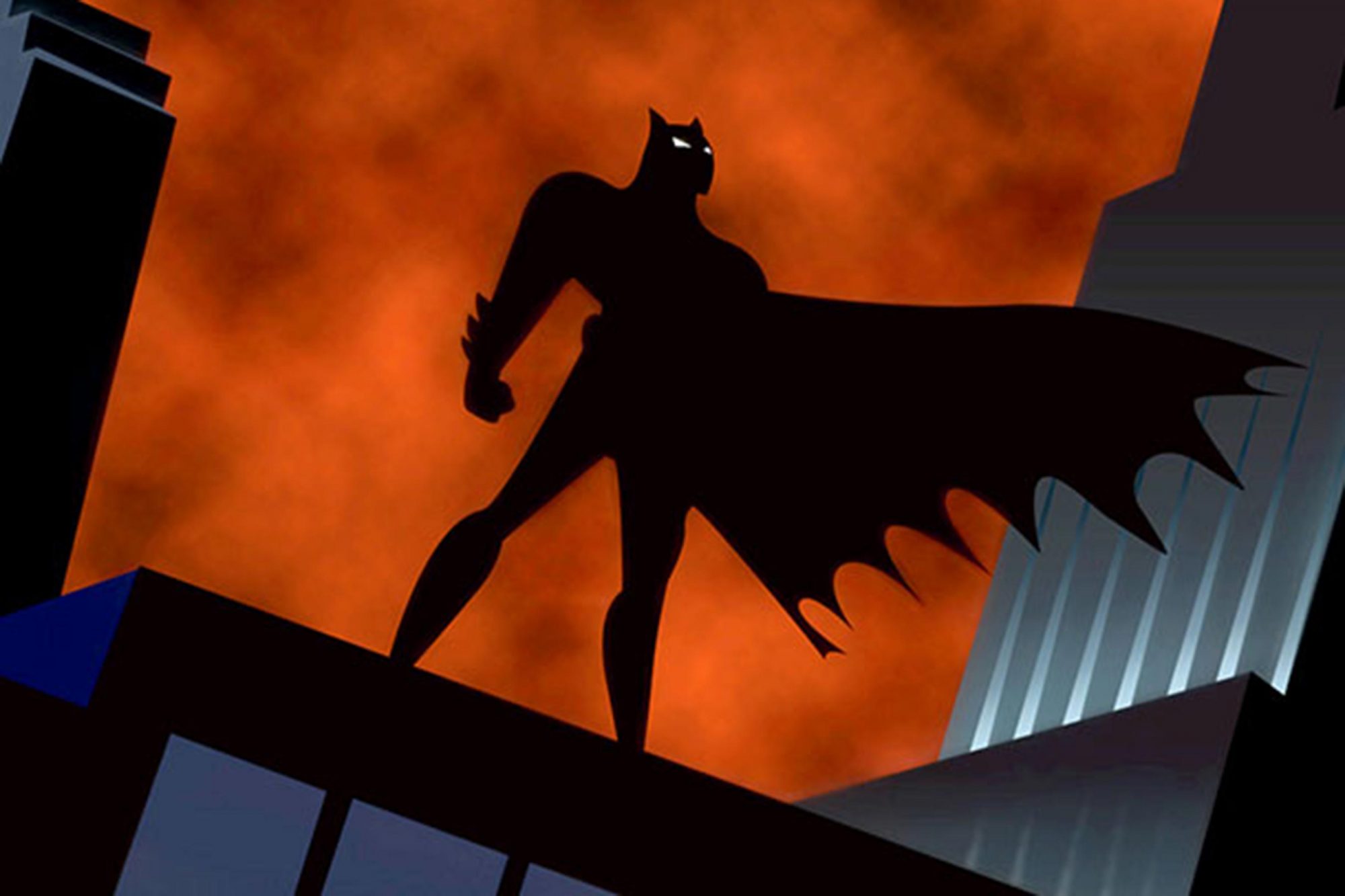Table of Contents Show
Batman: The Animated Series (BTAS) is widely revered as a goldmine of rich Batman moments, ranging from heartfelt episodes to truly tragic circumstances. Because Batman is such a popular pop culture icon, the focus on Batman as a character can be truly overwhelming. It is, however, fascinating to note that Batman: The Animated Series doesn’t just focus on Batman/Bruce Wayne but on several citizens of Gotham City.
In each of these characters’ stories, the episode opens and ends with the focus character for that episode, unlike Batman-centered episodes, which usually begin and end with Batman or Bruce Wayne. Similarly, Charlie Collins, Harvey Dent, and Harley Quinn each get their own fully fleshed-out character arcs, complete with a moment toward the end where they reach a turning point.
While Batman is present in each episode, he is a side character that serves a specific purpose in someone else’s story. These self-contained stories showcase fully-realized character work and worldbuilding that adds even more depth to a story already centered around a nuanced character, making Batman: The Animated Series a story that tackles what it means to be human.
1. Charlie Collins
Even the everyday people in Gotham have interesting stories to tell. Charlie Collins is one such character. “Joker’s Favor” opens with poor Charlie’s lament about his unfortunate luck. On a particularly bad day, Charlie gets cut off on the highway and is overcome by a case of road rage. He pulls up to the offending car and begins to yell at the driver, only to realize that he is now screaming at Gotham’s most feared clown.
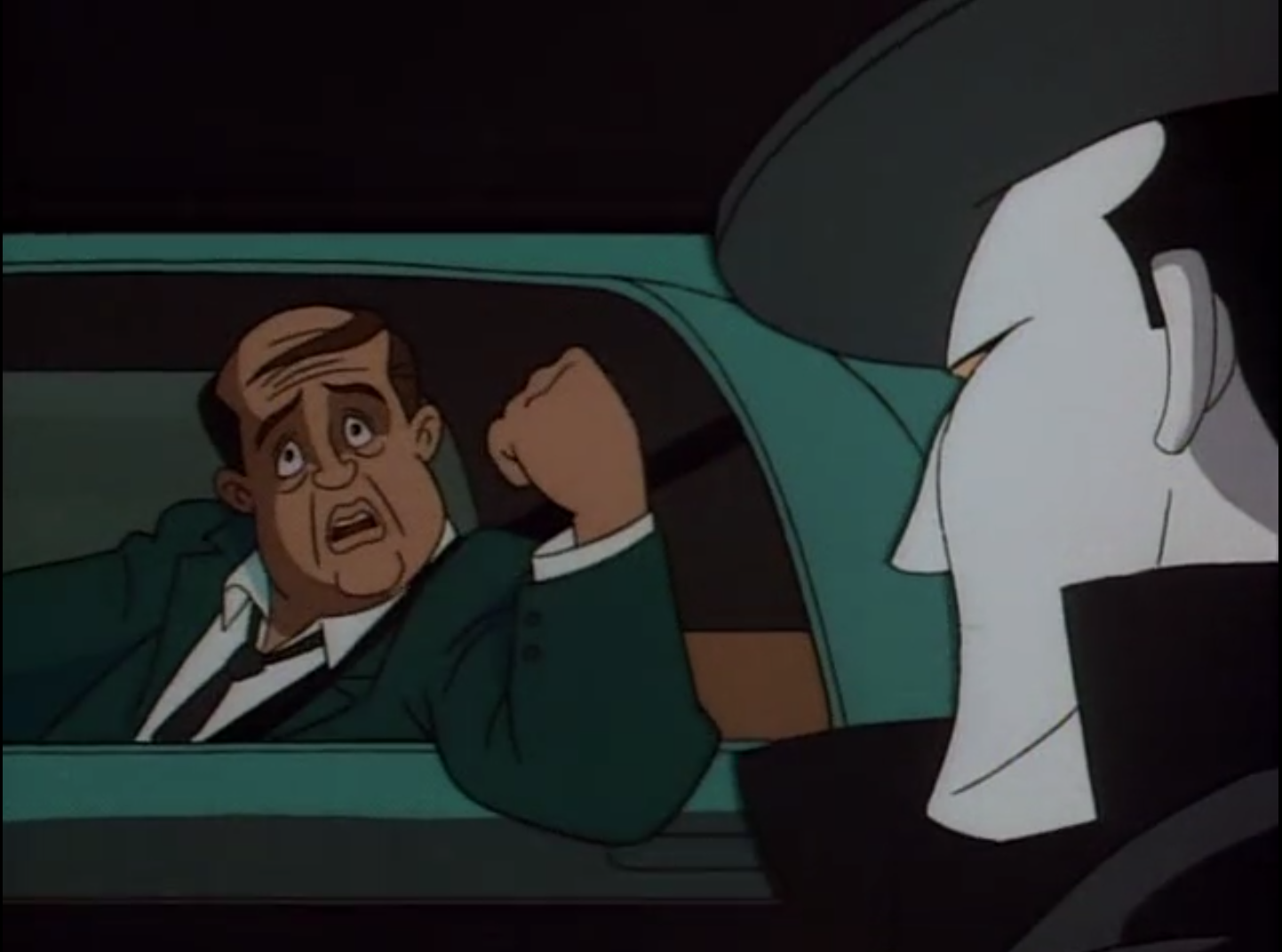
To make up for his offense, Charlie agrees to do an undetermined favor for the Joker. Life goes on for Charlie Collins for two years, during which Charlie assumes that the Joker has forgotten about him. But, of course, Gotham’s most dangerous clown calls in his favor out of the blue.
Nervous and unassuming Charlie Collins must now help the Joker infiltrate Commissioner Gordon’s award ceremony. His job? To open a door. The innocuous favor surprises Charlie, but he still tries to find a way to alert Batman and Commissioner Gordon to the danger. As Bruce Wayne drives away from the award ceremony early, he notices Gotham’s very first Batman signal prototype. Later versions of the bat signal will appear in both Batman: The Animated Series and future iterations of the caped crusader.
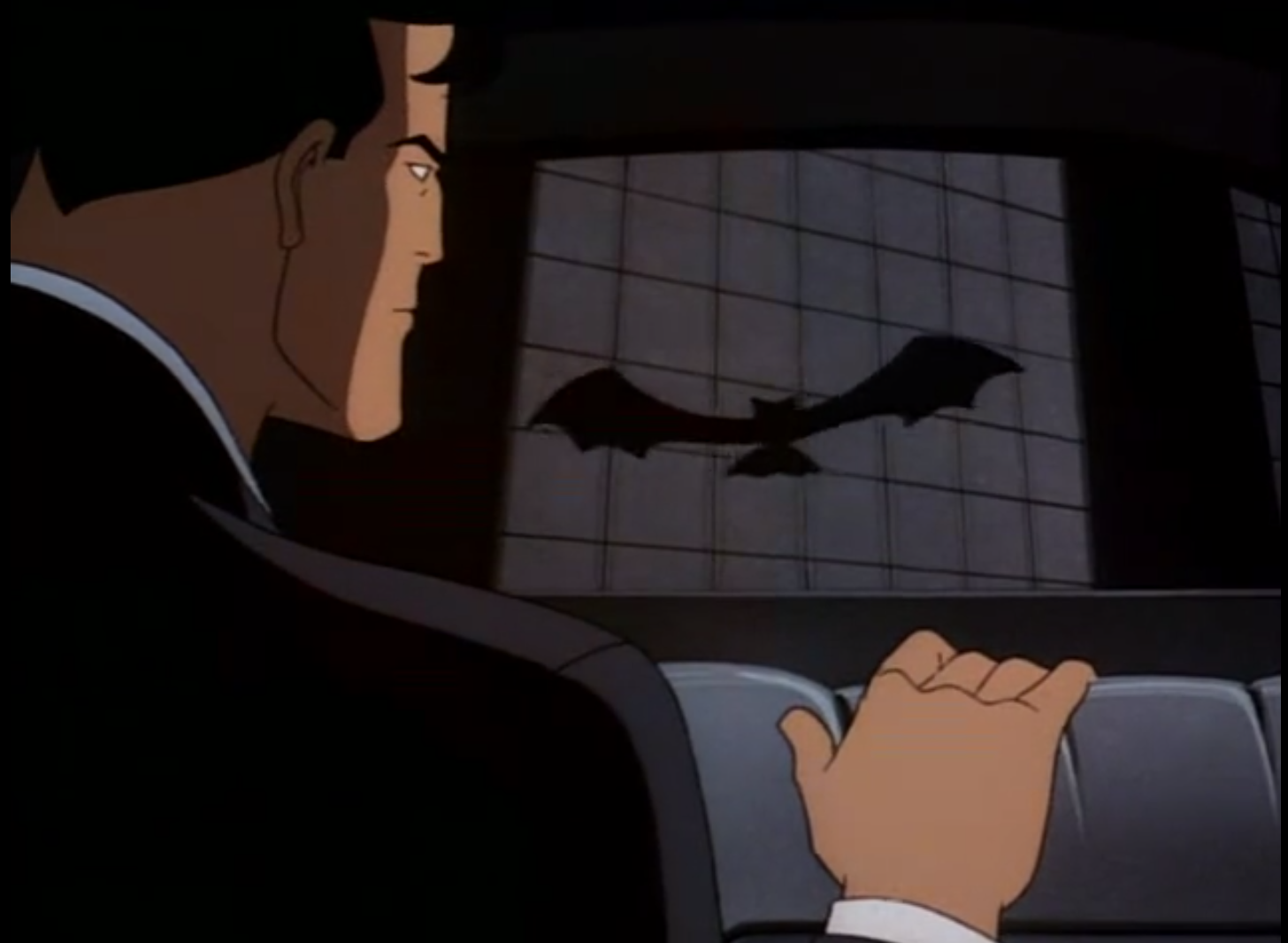
After performing his one duty of opening the door, Joker double-crosses him, pushing Charlie to stand up for himself, this time without apology. When Batman does show up in the nick of time, Charlie directs help in any way he can. And during the inevitable face-off toward the end of the episode, Charlie intercepts the Joker instead of Batman.
Charlie confronts the Joker with a bomb in hand, threatening the Joker with his worst fear: being killed by a self-proclaimed nobody like Charlie Collins instead of in a glorious fight with Batman. The Joker is genuinely terrified and gives up all of Charlie’s information so that he can finally live in peace. Charlie reveals that he is only holding a joke bomb. In the end, Charlie is able to stand up for himself against the Joker. He’s even able to make the ever-stoic Batman laugh.
As far as the cast of the show, Charlie Collins is a very minor character. His entire character arc begins and ends in this episode, but that doesn’t make the moral of the story any less important: Even seemingly helpless people can win the day. This fact is illustrated by Charlie’s walk back home, as he contentedly wonders what his wife will make for dinner. Charlie goes back to his quiet life, but he is a changed man.
2. Harvey Dent
Batman: The Animated Series features a number of emotionally stirring episodes that feature a citizen of Gotham instead of Batman. One example is the two-part episode aptly titled “Two-Face.” Harvey Dent, Gotham City’s district attorney, has been an upstanding citizen and a good friend of millionaire Bruce Wayne for years. When BTAS decides to take a closer look inside Harvey’s mind, however, his struggle with mental health is clearly, dramatically, and terrifyingly evident.
The episode begins with a harrowing dream sequence, during which Harvey is confronted by his darker personality, Big Bad Harv. His reaction to the dream, both during and after, implies that he has been wrestling with this alternate version of himself for a while. This is shown in a haunting moment where the shadowy alter ego approaches Harvey one step at a time, flipping his coin. It is interesting to note that the coin is two-headed, foreshadowing Harvey’s eventual downfall: no matter which way the coin lands, Harvey Dent will lose.
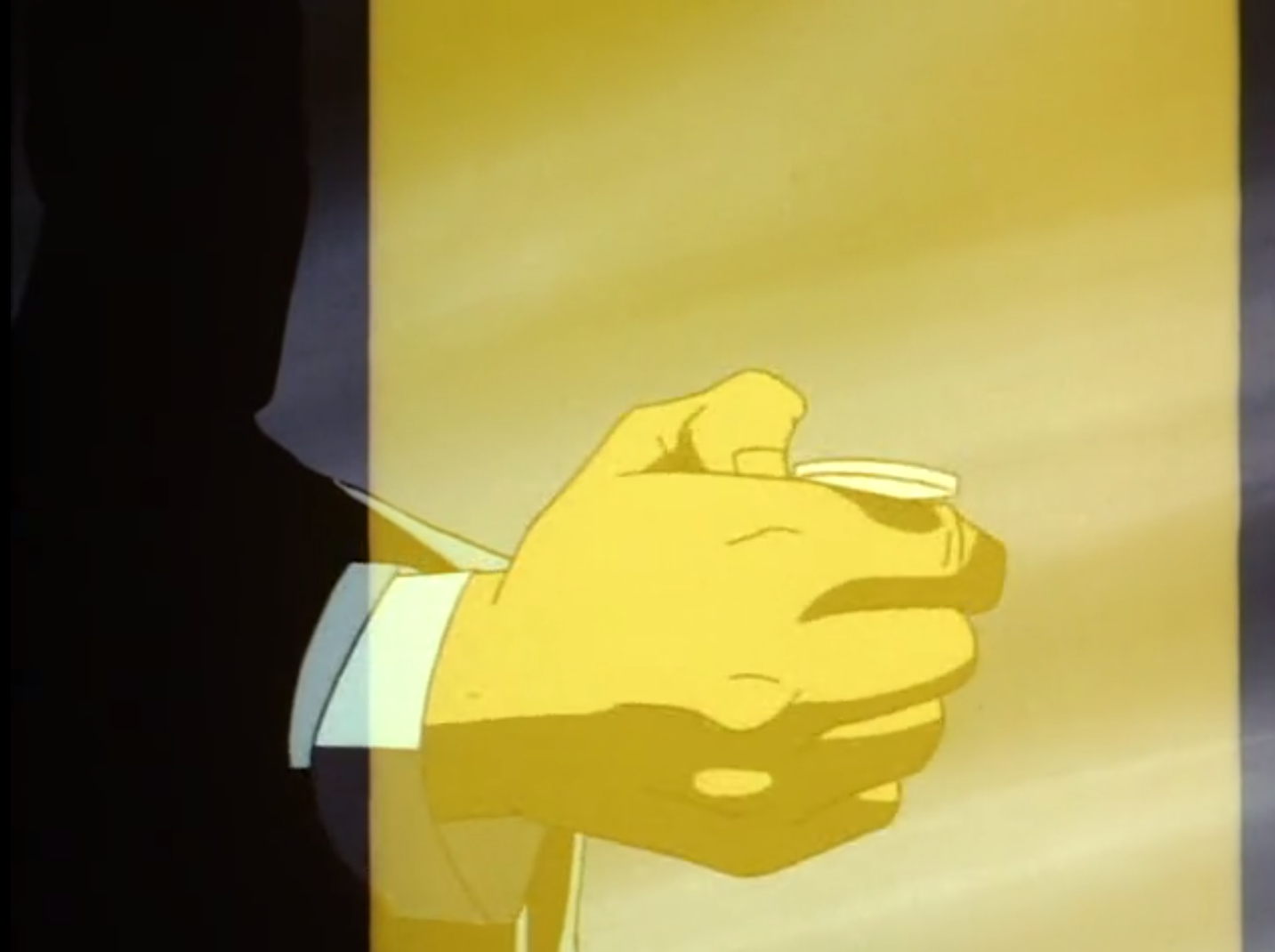
The quiet music accompanied by the soft clink of the coin builds the tension until Harvey wakes up in a cold sweat. This sequence tells the audience that, while Harvey has been shown in previous episodes to be a good-natured attorney, he is constantly wrestling with his inner demons.
Harvey’s gradual loss of control continues when an arrested criminal insults him. His mild-mannered features twist into an expression of pure rage, accompanied by a shift in the lighting from gray to red, and Big Bad Harv escapes to attack the criminal. Harvey only regained control when Commissioner Gordon snapped him out of it, but by then, the public had caught his behavior on camera, damaging his campaign for DA.
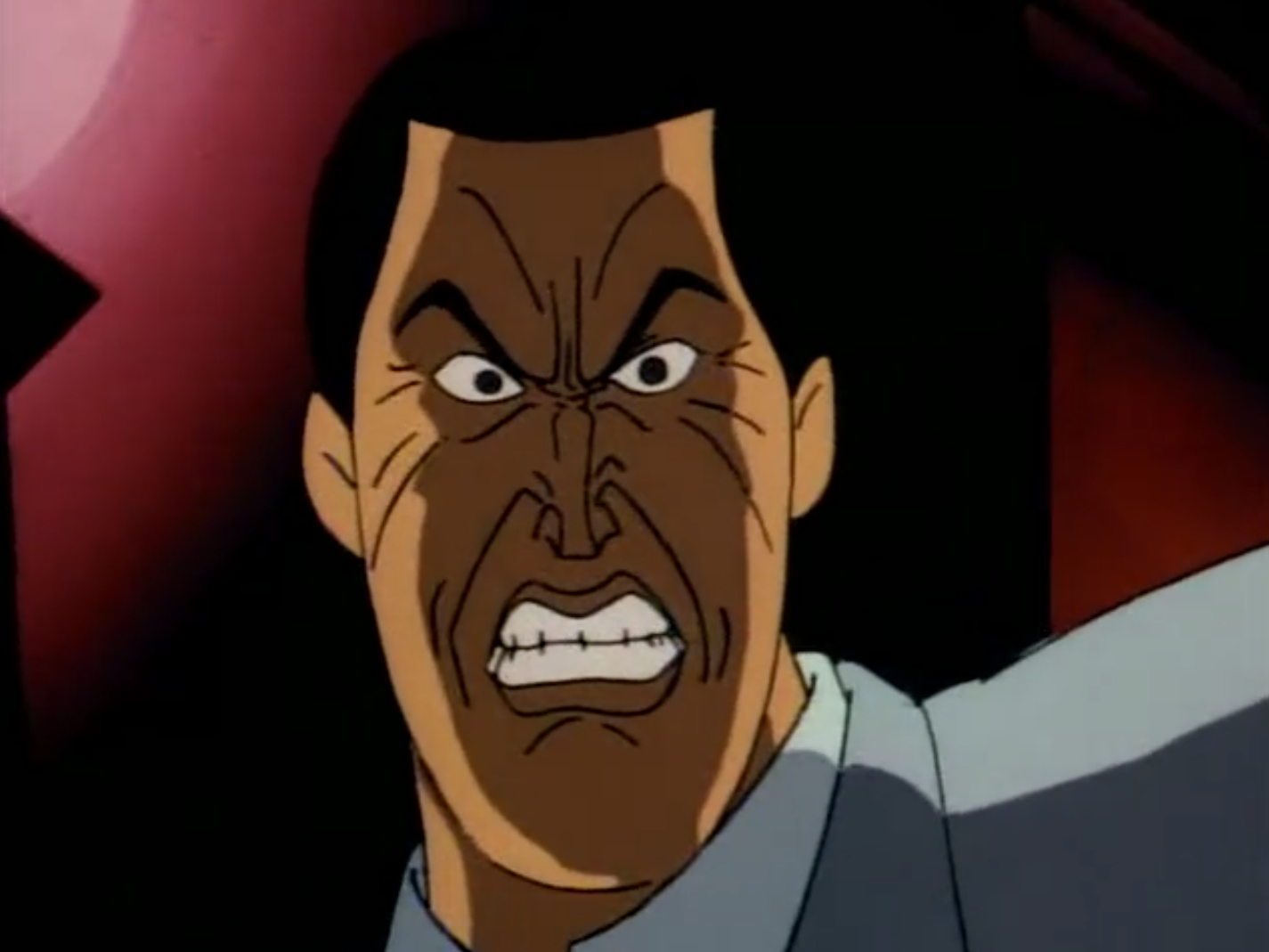
Big Bad Harv shows up with certain stressors. At one point, when the judge overturns one of his cases, Harvey nearly attacks Bruce, his best friend, and only stops when his fiance, Grace, comes between them. Bruce and Grace convinced Harvey to see a therapist.
The therapy session itself reveals the nature of Harvey’s relationship with Big Bad Harv. The therapist insists on speaking directly with the darker personality, and they talk about the rage that Harvey repressed ever since he was a child. Harvey’s guilt over feeling strong anger was the starting point for Big Bad Harv’s existence.
Harvey’s precarious grip on control over his own mind slips entirely when the criminal he’s been working to put away blackmails him with the truth about Big Bad Harv. The dark personality takes over to make sure his secret never gets out, leading to an altercation during which Harvey’s face begins to twist while his normal personality remains, blurring the lines between him and his violent alter ego. The difference between the two becomes so visually unclear that Big Bad Harv takes over without the criminals even noticing.
“There’s just one problem…You’re talking to the wrong Harvey.”
(( “Two-Face: Part 1.” Batman: The Animated Series. Fox Broadcasting Company, 1992. ))
This is closely followed by an accident that disfigures half of Harvey’s face, pairing Two-Face’s change in mental state with a corresponding physical transformation. This serves as the final stressor for Harvey’s change, after which he gives in to his violent personality, losing his status as district attorney, as well as his fiance.
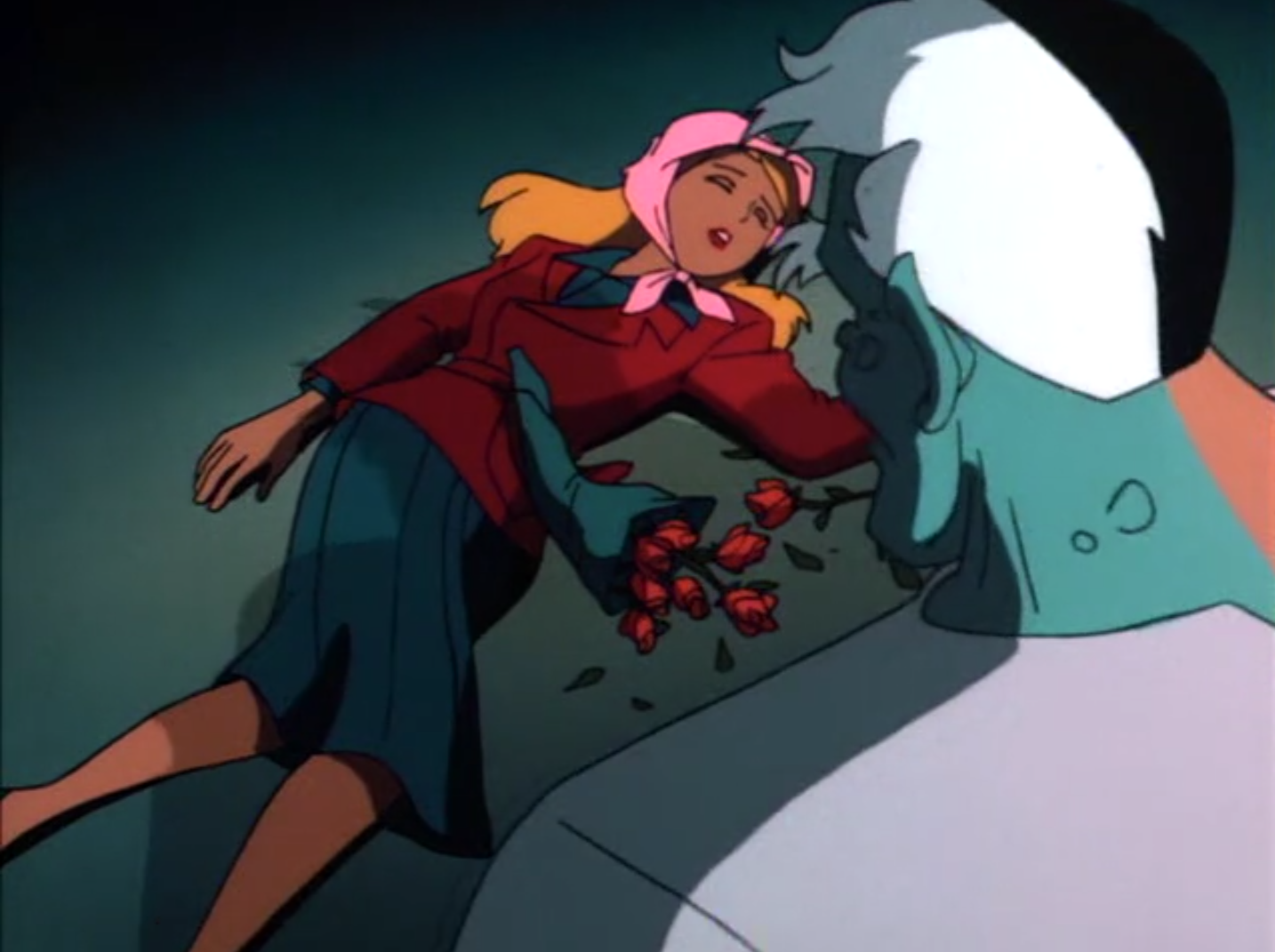
Harvey Dent’s story is a tragedy, much like many of the episodic tales of Gotham’s side characters. Unlike BTAS‘s typical baddies, however, Harvey Dent illustrates that even a man who strives to be genuinely good with an upstanding record of succeeding can succumb to violent behavior despite his best efforts.
3. Harley Quinn
On a lighter note, the episode titled “Harley’s Holiday” offers an example of a side character-focused episode with a completely different tone. Unlike Charlie Collins and Harvey Dent, Harley Quinn’s existence in the world of BTAS is mostly villainous. As the Joker’s right-hand woman, her behavior onscreen is accompanied by zany visual comedy, slapstick humor, and bad puns. But the humor surrounding Harley is just one way to show the character trait underlying all of Harley’s antics: she tries very, very hard at what she sets her mind to.
Harley is just finishing her stay at Arkham Asylum and is excited about returning to normal life. She is vocal about leaving crime behind and becoming an upstanding member of society. However, Harley’s personal quirks and ability to attract misunderstandings make it difficult for her to function on her first day out of the Asylum.
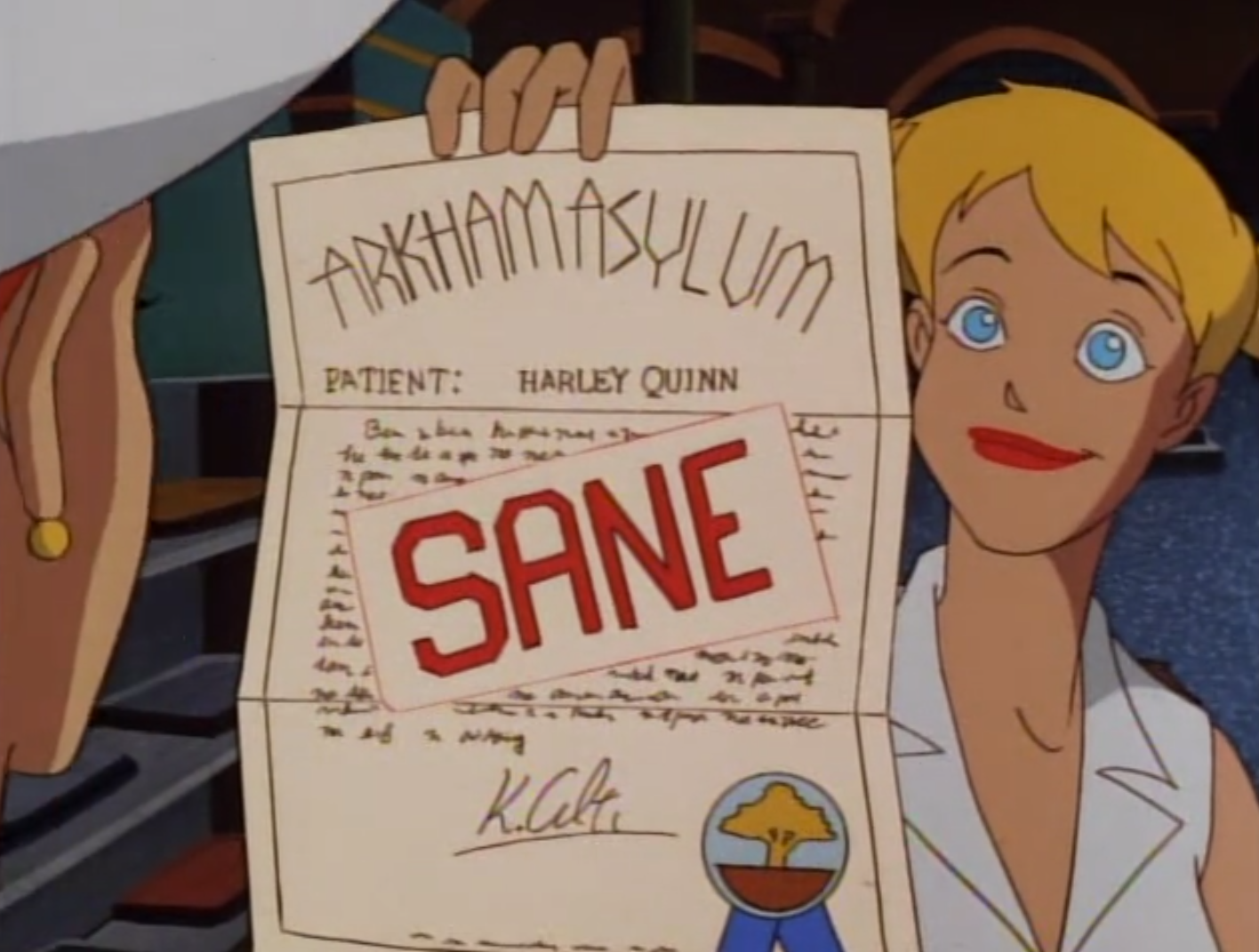
Harley has been shown to be very self-conscious about being back as a member of society. Nevertheless, the first thing Harley does with her newfound freedom is to buy a dress. Distracted by the fact that she still seems to be the focus of everyone’s attention despite her best efforts, Harley pays for the dress but walks off with the security tag still on. In true Harley fashion, this sets off a series of quirky and fun shenanigans, including a kidnapping, a fish fight, and a five-car chase through the streets of Gotham, all accompanied by Harley’s clever quips and ridiculous situational comedy.
Underlying all this showy humor is the heart of Harley’s story: She longs for, and is denied, a second chance. Harley is genuinely excited and sincere about losing the life of crime for good, but she is hyper-sensitive about the people around her and comes to the conclusion that society itself will never accept her.
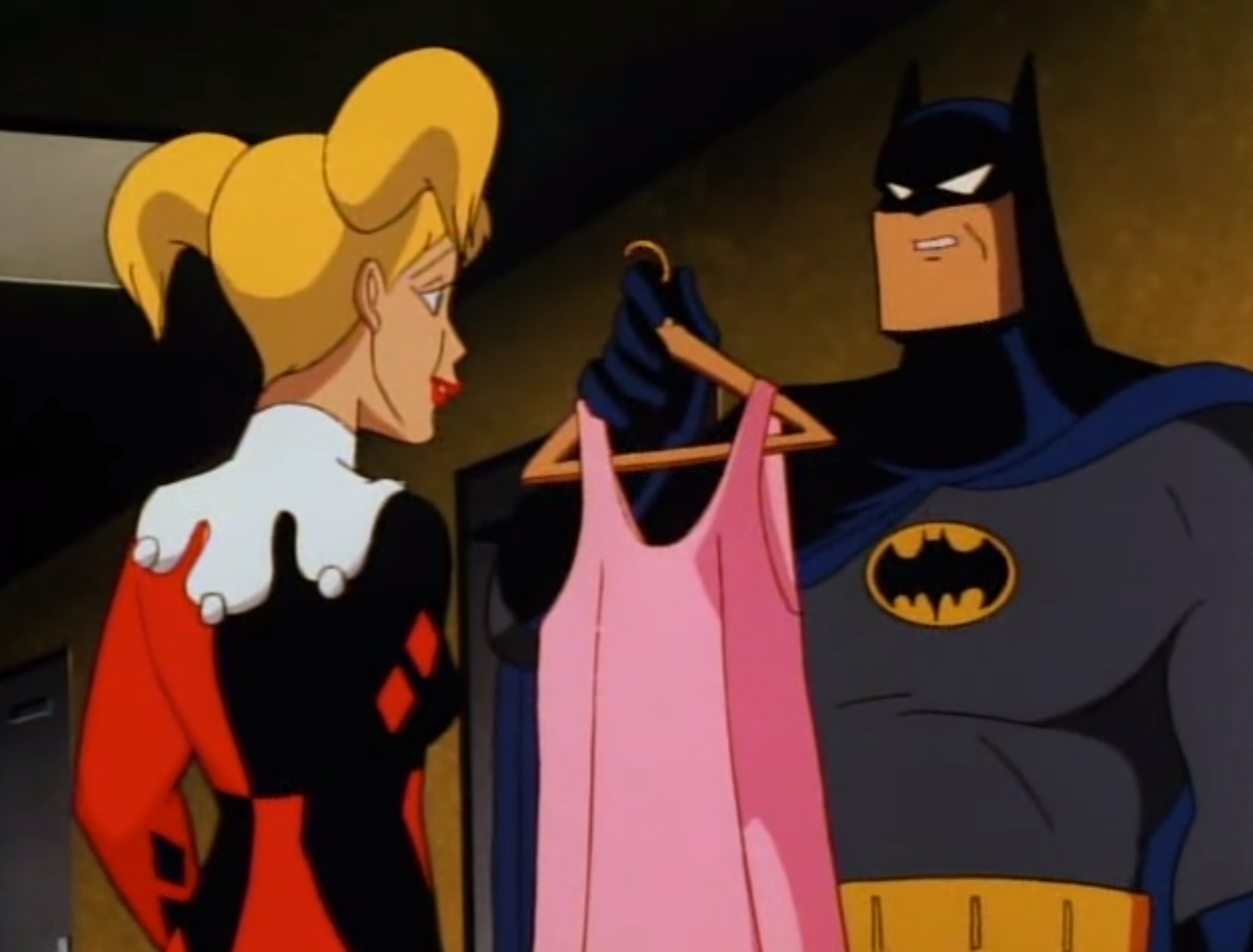
Harley’s state of thought was at first reinforced but then challenged. Veronica Vreeland, the person Harley kidnaps, offers to drop the charges. Harley is pleasantly surprised by this. Later, when she is led back into Arkham for her actions and asks Batman, who shadowed her throughout the day and saved her life, why he stuck around to help her. Batman responds with, “I had a bad day too, once.” Besides the reference to Bruce Wayne’s past, Batman is not a character of great importance in this episode, but his understanding in this scene as a side character helps tie Harley’s story into a nice bow.
“Good guys like you shouldn’t have bad days.”
“Harley’s Holiday.” Batman: The Animated Series. Fox Broadcasting Company, 1994.
This is the most we get from Batman in the episode, as the story is completely centered around Harley. We follow her and feel her frustration and then relief as she realizes that maybe she can re-enter society someday.
Everyone Has A Story To Tell
Batman: The Animated Series is a show about caped crusaders, sure. But it is also about humanity and the everyday individual. A nobody can stand up to frightening situations and emerge a hero, a good man can succumb to his inner demons, and a criminal can reform. Gotham City’s citizens might be a touch crazy, but they are also human. And every story, no matter how small or dark, is important to tell.
